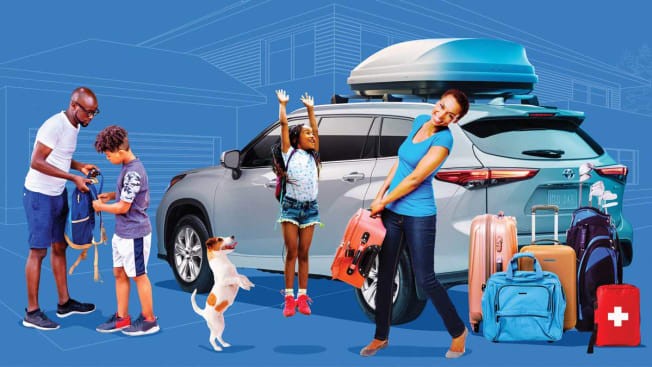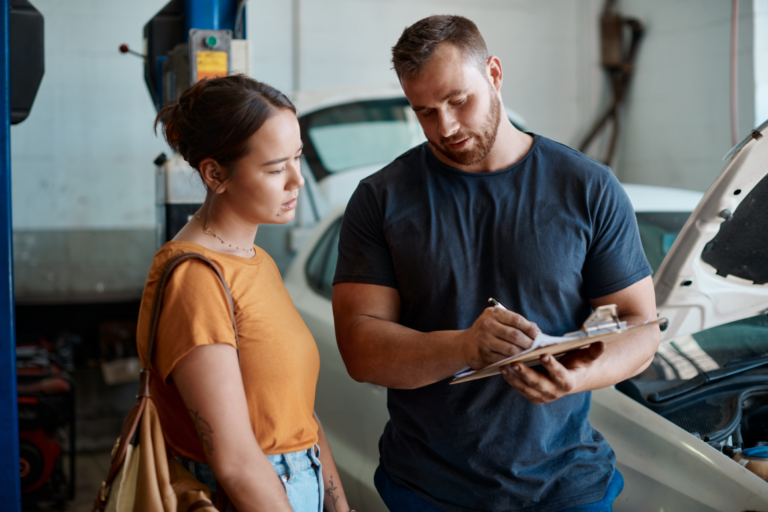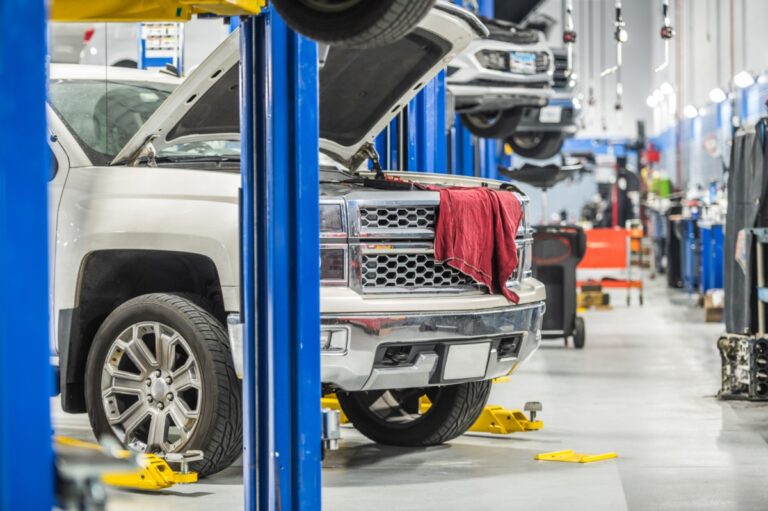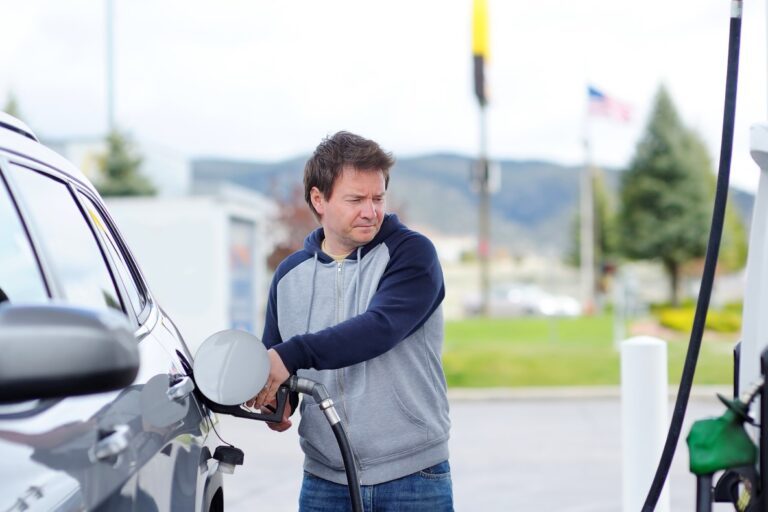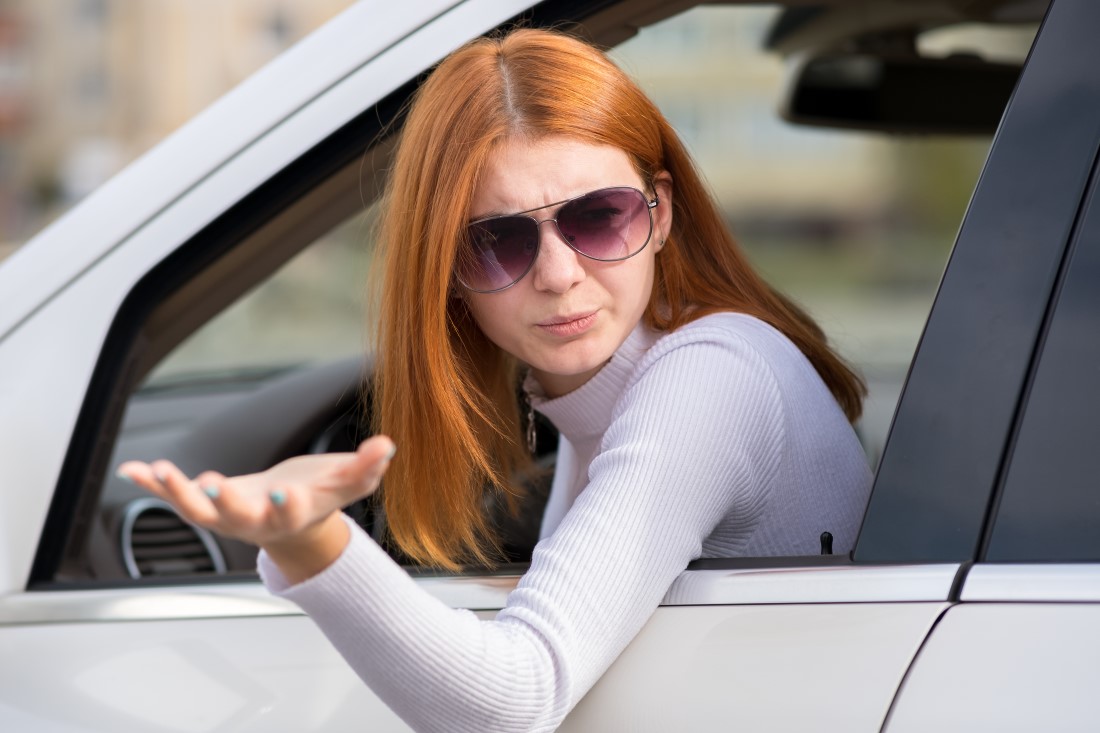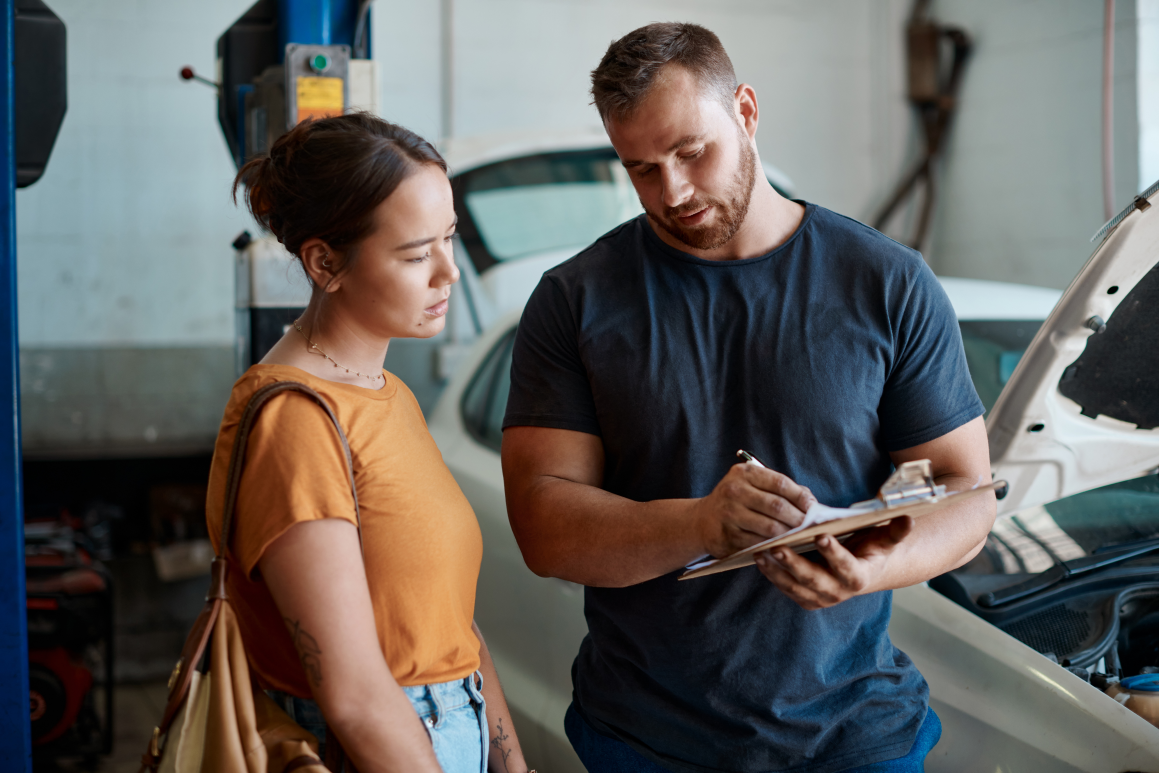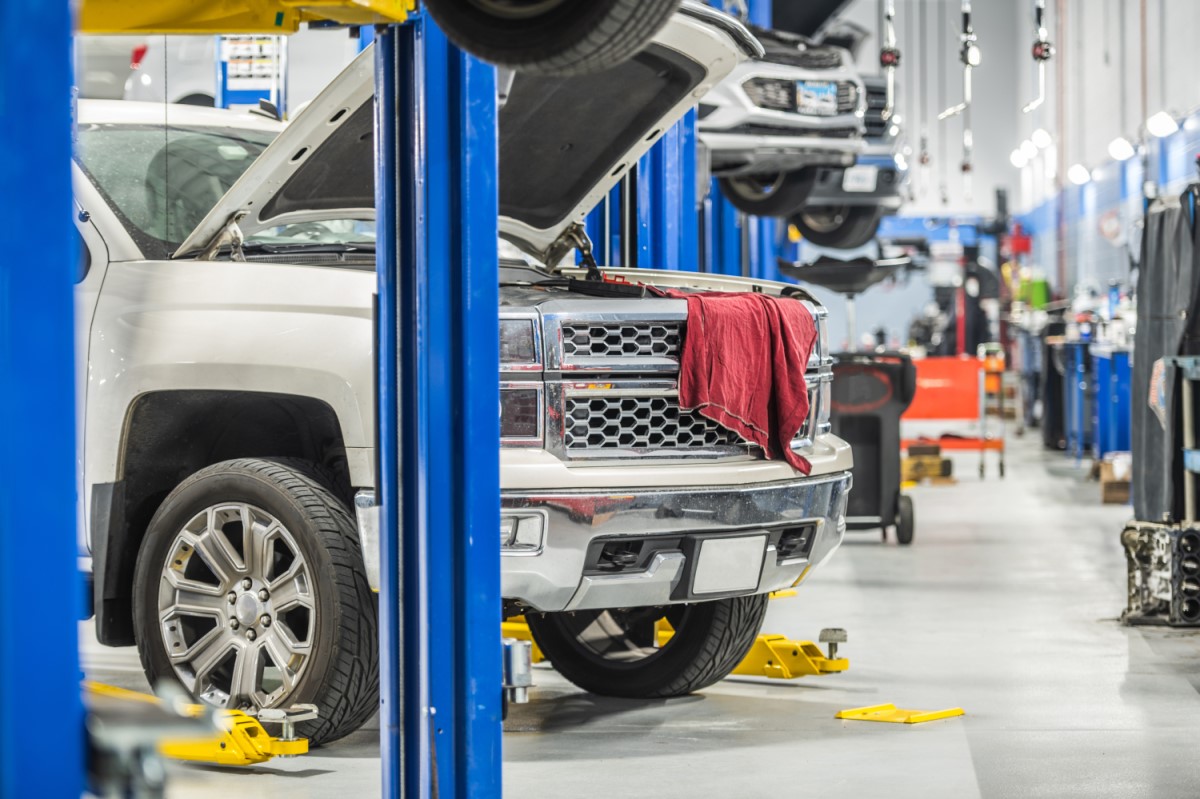After two years of hunkering down, Americans are headed out on the open road. An overwhelming majority (90 percent) have travel plans for this summer, says research firm Destination Analysts. Many are also going to drive, despite high gas prices.
If you’re looking forward to a road trip, we’ve got tips to help you save money, stay safe, and manage unexpected hurdles.
Before You Go on a Road Trip
Make sure your vehicle is ready for a road trip.
- Start with the tires, including the spare, if your car has one:
- Check the pressure and inspect the tread, looking for visible signs of damage and wear.
- Top off the windshield wiper fluid and replace your wiper blades if they’re at least 6 months old.
For other checks, consider going to a shop you trust, especially if your car hasn’t been serviced in more than a year.
Have technicians inspect accessory belts and hoses—they can have life spans as short as five years or 50,000 miles—and ask them to check oil, coolant, and power steering and brake fluid for proper levels and potential contamination.
Road-Trip To-Do’s
- Car emergency kit: Take jumper cables, a flashlight, duct tape, basic tools, and a tire gauge. A portable jump-starter can juice up your phone and car.
- Packing: If your car has cargo tie-down anchors, use them to secure heavy items. Don’t let luggage block the driver’s view.
- Roof and bike racks: After installing, double-check your work by driving for a few minutes (with the rack empty). Pull over and make sure the rack is still well-secured. (Learn how to choose and use the right bike rack.)
- Internet: If your car has a built-in WiFi hot spot, consider enabling it for a month so that all passengers can use their devices.
- Pets: For your safety and theirs, pets should be in a crate or a secured seat harness with padded straps. If needed, you can find accredited animal hospitals en route at aaha.org.
- First-aid and other supplies: Pack bandages, something that can be used as a tourniquet, and pain relievers—plus N95 masks, rapid COVID-19 antigen tests, and hand sanitizer.. Learn how to sanitize the car interior and how to safely pump gas.
- Tolls: Some states no longer accept cash. Plan your route and sign up for the toll transponder (or transponders) you’ll need, such as E-ZPass. The tolls might be discounted, and it’s easier than paying toll bills later by mail.
- Car seats: Almost half of all child car seats are improperly installed. Go to cert.safekids.org to find out more about safe installation.
Ways to Fill Up Your Car for Less
Use a credit card with strong cash-back benefits for gas. The best ones currently offer up to 5 percent—beating many gas-station-branded cards—and can save $3 to $4 on a 15-gallon fill-up.
Gas is often cheaper at Costco, if you’re a member, and the gas meets the Top Tier quality standard. Plus you can save even more if you pay with the Costco Visa cash-back card.
Find low-cost gas with the Google Maps or Waze app, or check the GasBuddy website.
Be sure to read privacy and terms-of-use disclosures before using apps to ensure you’re comfortable with the type of information they collect.
Retailer rewards programs, such as Walmart+ and Kroger Fuel Points, and apps like Upside, can give you cash or points on gas purchases. Again, read any terms and conditions.
For more information, find out how to save money at the gas pump.
On the Road
Don’t waste time and money on things that aren’t fun—such as overspending on gas or dealing with a flat tire, a breakdown, or worse. These tips can save you money and headaches.
Sign Up for a Roadside Assistance Plan
These connect you with service providers so you don’t find yourself stuck if you need a jump start, tow, or tire change.
Buying roadside assistance may also save you money: Paying out of pocket for long-haul towing can run in the hundreds of dollars, and roadside assistance plans can cost around $35 to $120 per year.
Sign up before your trip because your membership might not go into effect immediately.
AAA offers the most well-known roadside assistance service, but AARP and many car insurance companies also have it.
Some mobile phone providers, such as Verizon, offer the service for a monthly fee. Don’t pay twice for the same benefit: Some newer cars come with it free for a number of years after purchase or lease. A few credit cards throw it in as a perk, too.
Practice Fuel Efficiency
Reducing aerodynamic drag is one way to do this: Remove the roof rack if you’re not using it; even an empty roof rack can reduce fuel economy by 11 percent for a sedan and 5 percent for a small SUV. Bike racks add drag, too, so take them off when they’re not in use.
Sticking to the speed limit can also save fuel: Our tests show that cruising at 75 mph instead of 65 mph can cost up to 6 mpg. And pack light, so your car isn’t heavier—and therefore less fuel-efficient—than it needs to be.
Have a COVID-19 Plan
The pandemic still poses an unpredictable threat. So before you leave, make sure everyone in your traveling party tests negative and is up to date on vaccinations, including boosters.
Be sure to pack rapid antigen tests, N95 masks, and hand sanitizer, she says. These are tools that can help travelers mitigate their exposure in risky situations, assess themselves if they have suspected COVID-19 symptoms or exposure, and limit spread to others.
If you or someone in your party gets sick while on the road, the best thing to do is “drive home, if at all possible,” where it’s easier to isolate and more comfortable than a hotel. Too far from home? Remain masked in a hotel and have food delivered.
You can also get tested and possibly access free treatment at locations across the U.S. Those who test positive can qualify for a prescription from a healthcare provider and get it filled on-site.
Make the Most of Your Trip
We have some fresh ideas for you, from how to find cool motels off the beaten path to how to create the ultimate road-trip music playlist.
EAT LIKE A LOCAL
Once at your destination, search online for restaurant reviews. You can also go to specialty websites, such as Eater, where locals discuss favorite food spots.
It’s a good idea to ask a shop owner or staffers at your hotel for lunch or dinner recommendations. This way, you’ll find hidden gems that aren’t in the guidebooks—such as unassuming roadside diners, food trucks, and barbecue joints you might otherwise pass by.
HEAD FOR HISTORY
The National Register of Historic Places and other websites list culturally significant places.
- See modern architectural gems from the likes of Eero Saarinen in Columbus, Ind.
- Dine at the Historic Magnolia House in Greensboro, N.C., one of the few places between Atlanta and Richmond that allowed Black guests during the Jim Crow era.
- Drive, bike, or hike stretches of Oregon’s scenic Columbia River Highway.
BE SMART ABOUT POINTS
Many travel rewards programs extended their expiration dates during the first months and years of the pandemic. Some of those extensions have ended, so check the expiration dates on your various credit card, hotel, and other travel points programs to see your account status.
You might be surprised to find points you’d forgotten about—maybe you have enough to swing a free hotel night or an upgrade.
BOOK A ROOM WITH A VIBE
Tired of cookie-cutter chain hotels? Many old-fashioned motor court motels are being lovingly rehabbed to transport you straight back to the ’50s. Blending retro charm with modern amenities—think redone rooms with walk-in showers mixed with midcentury styling—many have pools, firepits, and even spas. You can find photos and info at HipLodge.
CREATE A ROAD-TRIP SOUNDTRACK
Want to know which songs will be on repeat when you get to your destination? Apple Music City Charts can tell you the most-listened-to songs in over 100 places across the country. And some tourism boards have curated playlists designed to capture the feel of a place. There are playlists for Nashville, Tenn., and New Orleans, of course—but did you know you can download songs that capture the essence of New York’s Finger Lakes?
SEE SOME NEW SIGHTS
Big crowds are expected at national parks and other popular spots this summer, but you can often find breathtaking alternatives nearby. For example, if you can’t get a peak-hours reservation for California’s Yosemite National Park, you can search by state at the National Park Service website and find another option about 90 minutes away: Devils Postpile National Monument and its 101-foot Rainbow Falls.
For more tips like these, read our car repair blog.

